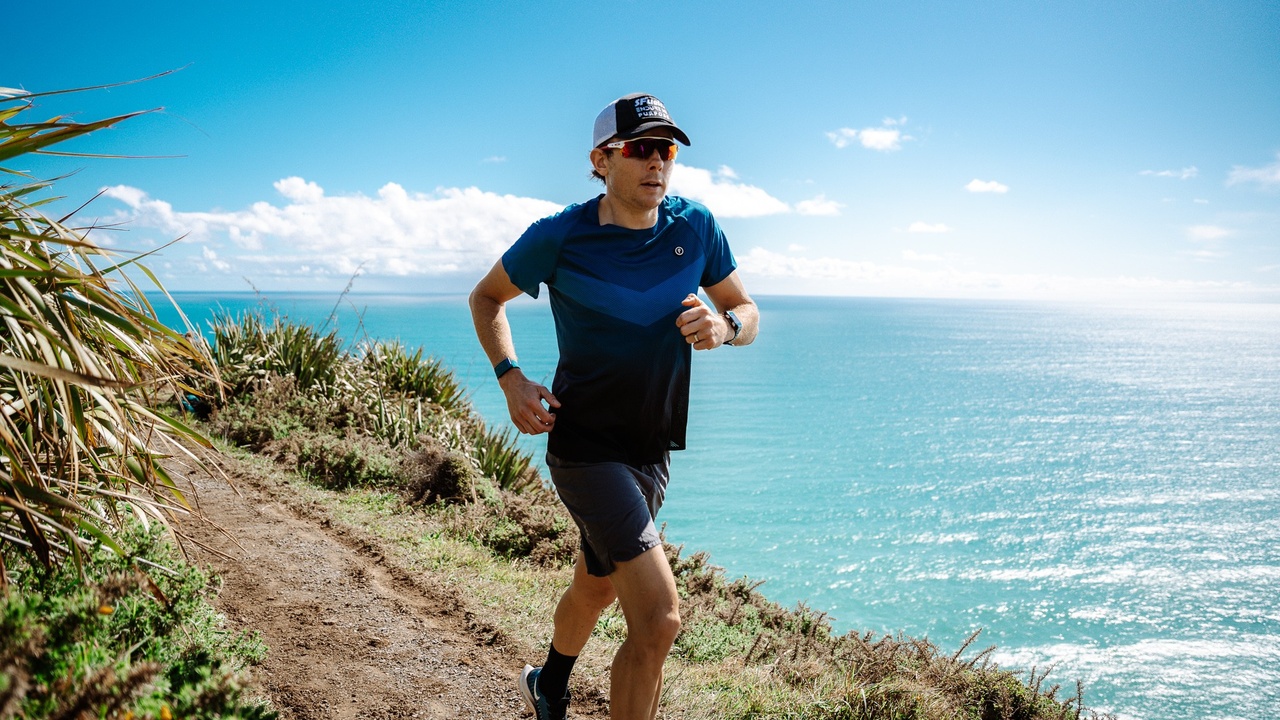How to Taper for Triathlon

We all know that the pre-competition taper is one of the fundamental components of the build-up to an endurance event. In this short blog, we will briefly cover some of the science behind the purpose of, and best practices in, tapering. We cover the science and practice of the pre-competition taper in much more detail in LDT102, our course on training programme fundamentals.
Why do we need to taper?
In order to optimise your taper, it is important to first understand what a taper is trying to achieve. Tapering has been defined as the deliberate reduction in training load in the days prior to competition (4), the purpose of which is to provide the athlete with sufficient rest and recovery to perform at their best, but without reversing the adaptations gained through training (6). Tapering is therefore a balancing act between providing rest and recovery and preventing detraining.
Crucially, tapering has been shown across a number of investigations to be beneficial to endurance performance (1, 5); this would not be surprising to experienced long-distance triathletes. We know that training induces the beneficial physiological adaptations we need to improve performance, but we also know that we generally aren’t ready to perform at our best immediately after an intense training cycle. This occurs after tapering, and the dissipation of the fatigue that has built up through training.
Best practice in tapering
When planning our taper, there are a number of variables we need to consider:
· Specificity: What event are we training for?
· The tapering model: Progressive, ‘step’, or other
· Length of the taper
· Training volume, intensity, and frequency during the taper
Fortunately, there are a number of excellent studies that give us insight into how to go about planning our pre-competition taper. Here are a few of the main headlines:
1. The optimal tapering model is unclear (1)
2. The optimal tapering model likely varies between individual athletes, but is likely ~8-14 days in duration (1)
3. Training intensity should be maintained during the taper (1, 2, 5)
4. Research on the optimal training frequency during tapering is less clear, but the balance suggests we should maintain our normal training frequency during tapering (1, 3)
5. Therefore, in order to decrease overall training load during tapering, we need to reduce training volume; clear, larger positive effects are seen with reduced volumes of ~40-60% (1, 5)
It is important to recognise that tapering is something that should be highly individualised; the recommendations above are best practice guidelines. When planning a taper, it is important to consider specific individual factors, such as the athlete’s training status, habitual training load, recent training load, and the athlete’s own specific preferences. For example, if an athlete has recently trained far less than they ordinarily would – perhaps because of work or family commitments – it may not be necessary to reduce training volume quite as much.
I hope this blog helps when planning your next pre-competition taper. For more details, check out LDT102!
References
1. Bosquet L, Montpetit J, Arvisais D, Mujika I. Effects of tapering on performance: A meta-analysis. Med Sci Sports Exerc 39: 1358–1365, 2007. doi: 10.1249/mss.0b013e31806010e0.
2. Mujika I. Intense training: The key to optimal performance before and during the taper. Scand J Med Sci Sport 20: 24–31, 2010. doi: 10.1111/j.1600-0838.2010.01189.x.
3. Mujika I, Goya A, Ruiz E, Grijalba A, Santisteban J, Padilla S. Physiological and performance responses to a 6-day taper in middle-distance runners: Influence of training frequency. Int J Sports Med 23: 367–373, 2002. doi: 10.1055/s-2002-33146.
4. Mujika I, Padilla S. Scientific bases for precompetition tapering strategies. Med Sci Sports Exerc 35: 1182–1187, 2003. doi: 10.1249/01.MSS.0000074448.73931.11.
5. Neary JP, Martin TP, Quinney HA. Effects of taper on endurance cycling capacity and single muscle fiber properties. Med Sci Sports Exerc 35: 1875–1881, 2003. doi: 10.1249/01.MSS.0000093617.28237.20.
6. Neary JP, Martin TP, Reid DC, Burnham R, Quinney HA. The effects of a reduced exercise duration taper programme on performance and muscle enzymes of endurance cyclists. Eur J Appl Physiol 65: 30–36, 1992. doi: 10.5005/jp/books/12678_10.
JOIN THE SQUAD
Take charge of your performance with proven training programs and workouts, adjustable to your needs, in the Endure IQ Training Squad.
LIMITED OFFER
